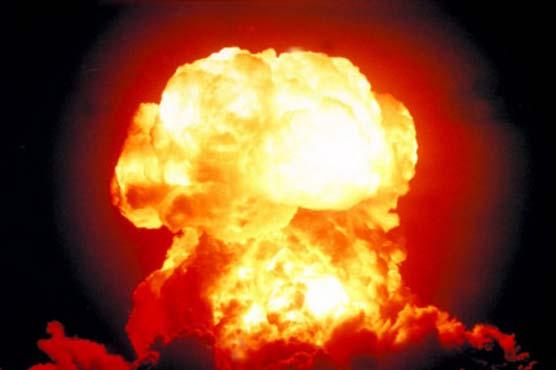Probably it was a nuclear test. A hydrogen bomb would have determined other values. The six kilotons of explosive yield are not compatible with an H bomb. A few hours after the test of the first alleged North Korean hydrogen bomb, the world scientific community begins to be skeptical about the real nature of the device tested by direct order of dictator Kim Jong.
What is certain is that an 5.1 magnitude earthquake was recorded at 30 miles north of Kilju, in the north-eastern part of the country where the main North Korean nuclear test site is located. The seismic signature detected, however, would not be compatible with an H. bomb
The recorded explosive yield is about six kilotons. If a hydrogen bomb had exploded, there would have been a detonating power of hundreds of kilotons. It would therefore have been a failed test of a possible hydrogen bomb. The proof is given by reading the Richter scale: an H bomb would have been a hundred times more powerful. Seismic data, therefore, deny the high-sounding and triumphant declarations of North Korea.
What really happened? Probably the Koreans have successfully completed a nuclear test, failing to complete the second phase. The fission-fusion-fission processes typical of an H bomb would only work in part. The Chinese themselves confirm that the level of radiation in the areas near the test does not show abnormal levels. Data confirmed also by the Japanese.
A hydrogen bomb, a nuclear fission explosion that triggers a fusion reaction, triggers detectable radiation hundreds of kilometers away. For this reason, since the 1960 nuclear tests are taking place underground to reduce radioactive fallout.
The country has been under UN Security Council sanctions since the first nuclear test took place in the 2006. The Security Council will meet in the coming hours to establish further possible measures.












